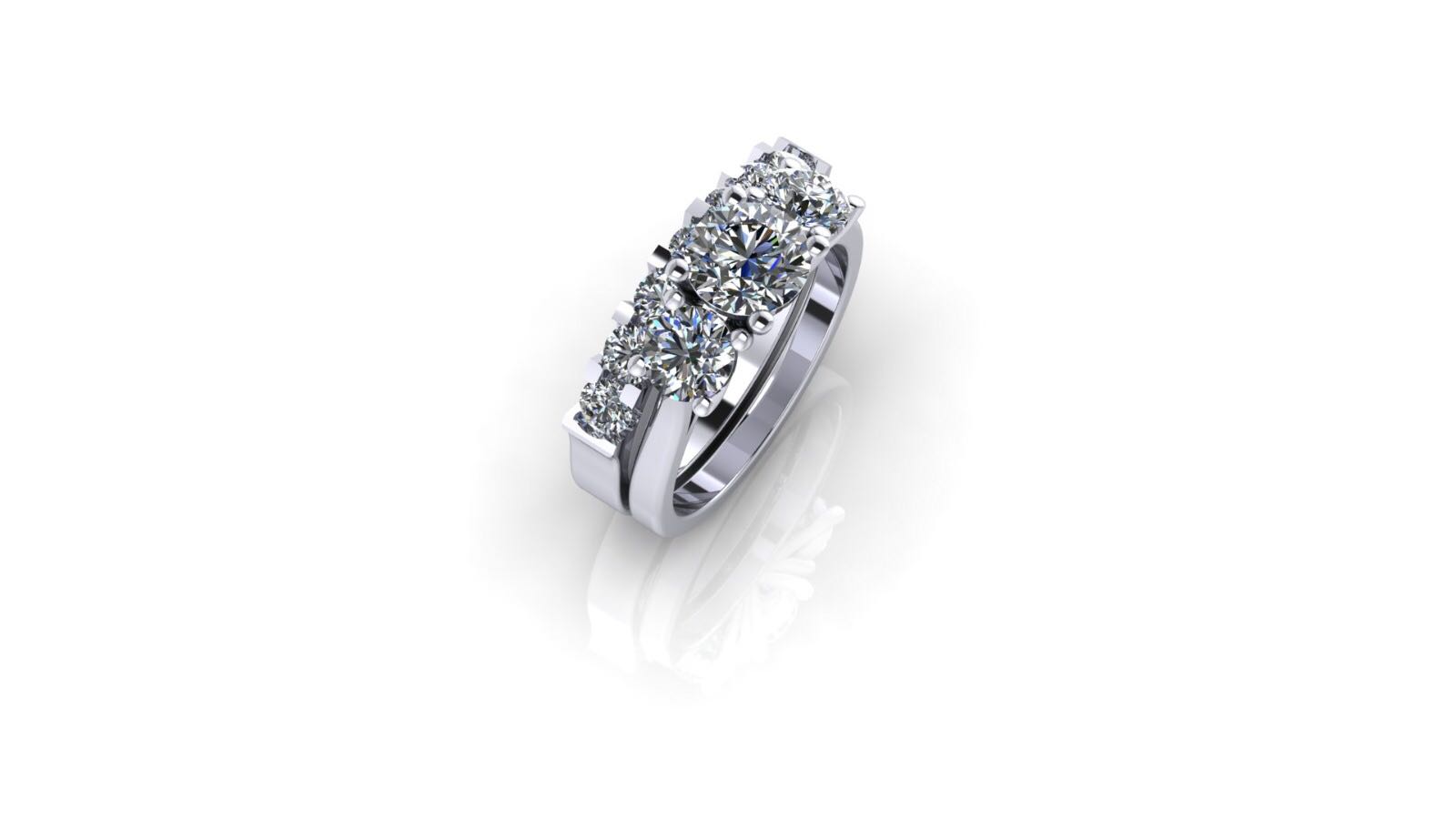Devotion, affection & precision goes into every handcrafted piece of jewellery that leaves our workshop in Hatton Garden.
Devotion, affection & precision goes into every handcrafted piece of jewellery that leaves our workshop in Hatton Garden.
Most popular diamond shapes
Click below to learn more

Diamond Shape

Round Cut Diamonds
The most commonly chosen shape, round diamonds have been researched by gemologists more than any other variation. Renowned for its unrivaled fire and brilliance, this shape boasts excellent light refraction properties. When all else is equal, round cut diamonds are more valuable than alternative shapes.
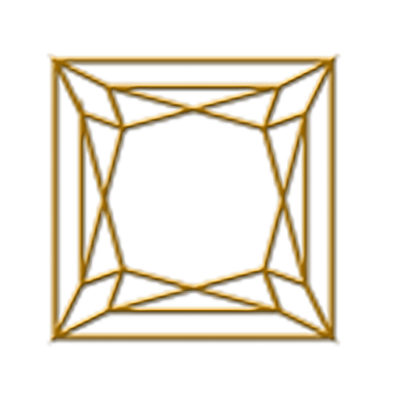
Diamond Shape

Princess Cut Diamond
A square stone with 90-degree corners, the princess shape originated in the United States in 1980. The most desirable princess diamonds are perfectly square in shape, with the more rectangular variations decreasing in value.

Diamond Shape

Asscher Cut Diamonds
Introduced in 1902 by renowned diamond cutter Joseph Asscher, this diamond shape utilizes many of the same cutting techniques as the emerald cut. What sets asscher diamonds apart are their uniquely angled and cropped corners creating a timeless look.

Diamond Shape

Emerald Cut Diamonds
Emerald cut diamonds are usually rectangular in shape. Distinguished by beveled corners and step facets, this type of diamond is more transparent than other shapes, often requiring higher standards of clarity.

Diamond Shape

Radiant Cut Diamonds
Relatively new to the jewelry industry, radiant diamonds were introduced a little more than 20 years ago. This unique shape is a stunning hybrid of a traditional round cut and an elegant emerald cut, resulting in a square, near-square, or rectangular orientation. As the name suggests, radiant diamonds tend to emit a beautiful, memorable glow.

Diamond Shape
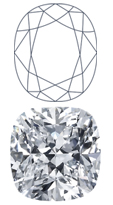
Cushion Cut Diamonds
First introduced to the jewelry market in the early 1800’s, the cushion cut diamond is rich with diamond history. Cut into a square or rectangular shape with rounded corners and sides, it’s considered by many to be a more vintage version of the round cut diamond.

Diamond Shape

Marquise Cut Diamonds
The marquise cut is rumored to have been specially developed for King Louis XIV of France who wanted a diamond that simulated the smile of Marquise de Pompadour. The elongated Marquise stone has gracefully pointed ends for a dramatically beautiful appeal.

Diamond Shape

Oval Cut Diamonds
Cut with the same number of facets as a round diamond, an oval shape emits nearly the same level of brilliance and fire. Due to its elongated shape, the oval cut can appear larger than a round diamond of equal carat (weight).

Diamond Shape

Pear Cut Diamonds
Exuding elegance, the pear shape diamond (also referred to as a drop cut or teardrop diamond) is cut to resemble a drop of water with a single point and rounded end. The result is a cross between a round and marquise cut.

Diamond Shape

Heart Cut Diamonds
Living up to its name, the heart cut diamond has become synonymous with love and affection, making it an excellent choice for an anniversary or engagement ring. One of the most demanding diamond cuts to create, a heart shaped stone requires great skill and dexterity from the diamond cutter.

Diamond Shape

Heart Cut Diamonds
Living up to its name, the heart cut diamond has become synonymous with love and affection, making it an excellent choice for an anniversary or engagement ring. One of the most demanding diamond cuts to create, a heart shaped stone requires great skill and dexterity from the diamond cutter.

Diamond Shape

Princess Cut Diamond
A square stone with 90-degree corners, the princess shape originated in the United States in 1980. The most desirable princess diamonds are perfectly square in shape, with the more rectangular variations decreasing in value.

Diamond Shape

Asscher Cut Diamonds
Introduced in 1902 by renowned diamond cutter Joseph Asscher, this diamond shape utilizes many of the same cutting techniques as the emerald cut. What sets asscher diamonds apart are their uniquely angled and cropped corners creating a timeless look.

Diamond Shape

Emerald Cut Diamonds
Emerald cut diamonds are usually rectangular in shape. Distinguished by beveled corners and step facets, this type of diamond is more transparent than other shapes, often requiring higher standards of clarity.

Diamond Shape

Radiant Cut Diamonds
Relatively new to the jewelry industry, radiant diamonds were introduced a little more than 20 years ago. This unique shape is a stunning hybrid of a traditional round cut and an elegant emerald cut, resulting in a square, near-square, or rectangular orientation. As the name suggests, radiant diamonds tend to emit a beautiful, memorable glow.

Diamond Shape

Cushion Cut Diamonds
First introduced to the jewelry market in the early 1800’s, the cushion cut diamond is rich with diamond history. Cut into a square or rectangular shape with rounded corners and sides, it’s considered by many to be a more vintage version of the round cut diamond.

Diamond Shape

Marquise Cut Diamonds
The marquise cut is rumored to have been specially developed for King Louis XIV of France who wanted a diamond that simulated the smile of Marquise de Pompadour. The elongated Marquise stone has gracefully pointed ends for a dramatically beautiful appeal.

Diamond Shape

Oval Cut Diamonds
Cut with the same number of facets as a round diamond, an oval shape emits nearly the same level of brilliance and fire. Due to its elongated shape, the oval cut can appear larger than a round diamond of equal carat (weight).

Diamond Shape

Pear Cut Diamonds
Exuding elegance, the pear shape diamond (also referred to as a drop cut or teardrop diamond) is cut to resemble a drop of water with a single point and rounded end. The result is a cross between a round and marquise cut.

Diamond Shape

Heart Cut Diamonds
Living up to its name, the heart cut diamond has become synonymous with love and affection, making it an excellent choice for an anniversary or engagement ring. One of the most demanding diamond cuts to create, a heart shaped stone requires great skill and dexterity from the diamond cutter.
GIA Certified
We select our diamonds using a universal standard certified by the G.I.A (Gemological Institute of America). This ensures that One Carat Diamonds sets its creations with the highest-quality diamonds, by being extremely selective through the G.I.A criteria known as the 4C’s; Cut, Colour, Clarity & Carat Weight.
Every diamond of more than 0.30 carats comes with a G.I.A certificate and individual certificate number engraved on the stone.

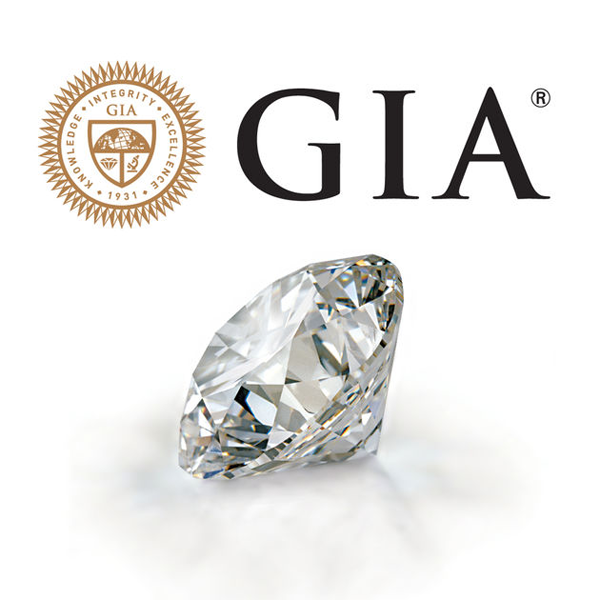
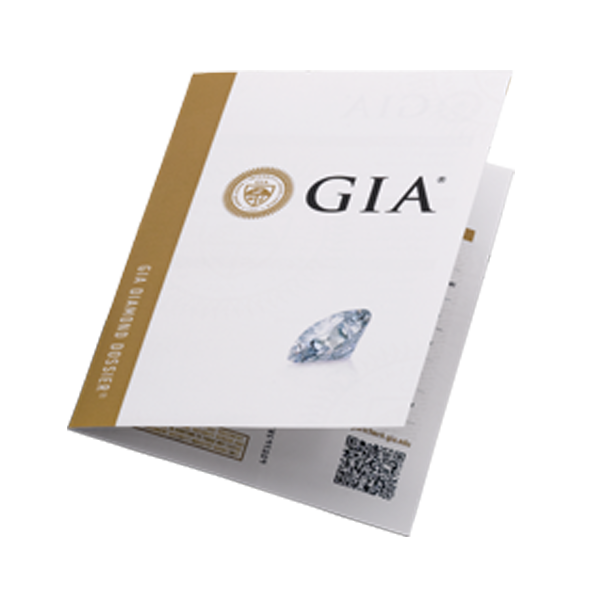

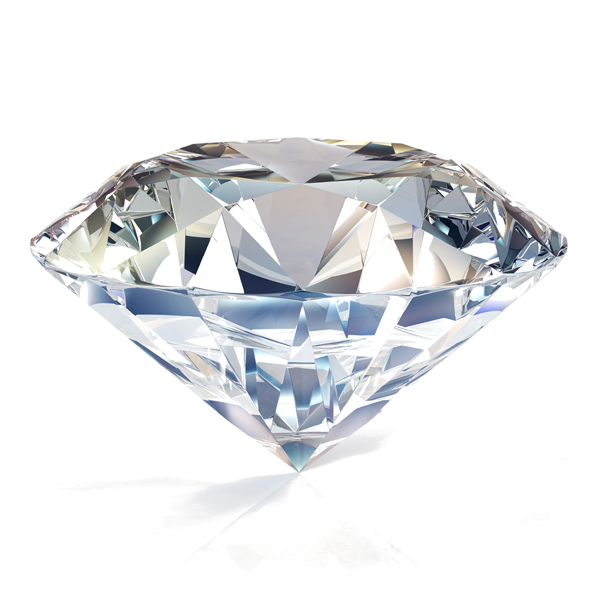
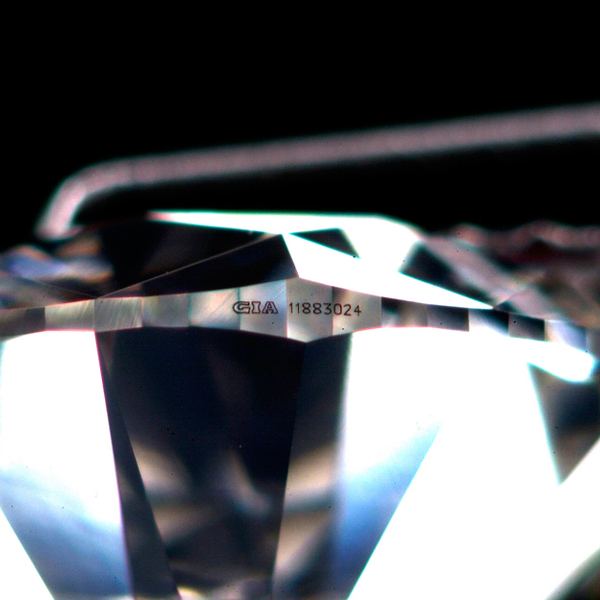

See what our customers are saying about us
Hi One Carat, I just wanted to say thank you so much for my beautiful ring! It was everything and more than I ever imagined – it was beyond perfection! As you know Shaf proposed to me in Paris in front of the Eiffel Tower which was incredible and the ring – well it fitted perfectly. You were able to provide my ring with a faster turnaround service than you initially said – I didn’t realise you gave it to him a month before the actual pick update! He kept the ring a secret from me for so long and I didn’t have a clue it even arrived which made the surprise even better. I can’t wait to wear this ring for rest of my life and I’m so glad we picked you to create my dream wedding ring! Once again thank you from me and from both of us for everything you’ve done for my perfect ring! X
Thank you for the rings! we have received many compliments. My other half loved her engagement ring. The consultation at the start was very helpful, I am so glad I took your advice and went for a timeless design. High-quality diamond excellent customer service and aftercare sales service. I will definitely recommend!!!
For the bespoke diamond rings. The amazing customer service from the beginning to the end followed by the excellent aftercare they provide, both my wife and me are overwhelmed with our bespoke rings and will be using in the future.
Amazing engagement rings
Take a peek at these amazing designs
Want to see more designs for inspiration? Check out our portfolio gallery for more ideas

Diamond basic attributes – the 4Cs
Learn About the 4Cs of Diamonds
Colour
Which refers to a diamond’s lack of colour. The less colour, the higher the grade.
Clarity
Often the least important of the 4C’s because the tiny imperfections are often microscopic.


















